The Roman Empire remains, to this day, one of the greatest civilizations to ever prosper. Is it really that surprising that it had brought so many amazing things into the world that changed it and made it for the better? Below is a list of the seven most influential inventions created by the Romans, traces of which can still be found in use today.
Arches
Table of Contents
We’ve all seen the wonders of the Ancient Roman architecture, and we now know that arches were an integral part of it. Although the Romans didn’t technically invent the concept of arches, they certainly put enough effort into transforming them into the beauties tourists gape at every day. The Romans took advantage of their power to build bridges, aqueducts, and of course, the magnificent Colosseum. Even after the fall of the Roman Empire, their arches withstood the test of time and today, they can be traced in many cathedrals and monuments built in the Middle Ages.
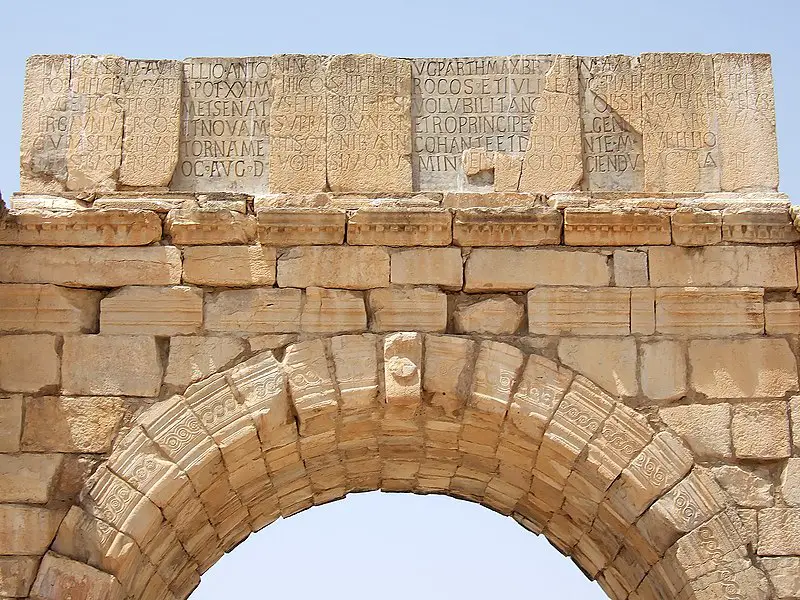
Plumbing
The Roman aqueducts brought fresh water into the cities, but the Roman sewers took human waste out of them. The Roman baths and the sewer systems suggest that the Romans took personal hygiene and public health very seriously. Rome and other major Roman Empire cities had a very complex network of sewer tunnels and drainage systems. While dumping the waste into the river Tiber isn’t the best sanitary solution, there is no way to dispute the fact that the Roman sewage system has changed the world. In fact, it was so advanced that it remained virtually unchanged until the 19th century.
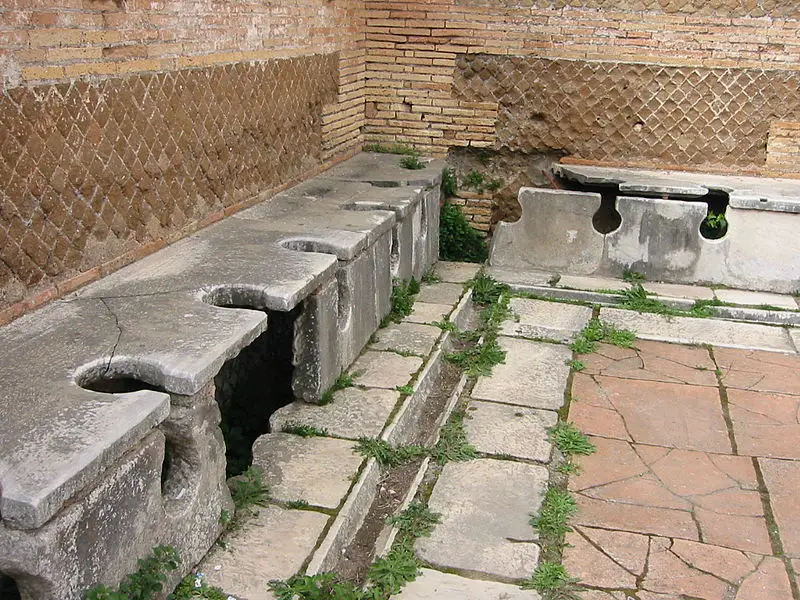
Roads
“All Roads Lead to Rome”. This expression doesn’t just refer to the vastness of the Roman Empire. The Romans were the ones who invented roads (and concrete!). The “highways” of the time were built primarily for military purposes and economy stimulation, but they were so well-made that many of them are still in use today. The Romans built about 55,000 miles across the entire Empire out of gravel, dirt and granite, and they also were the first civilization to use road signs and “highway patrols”.
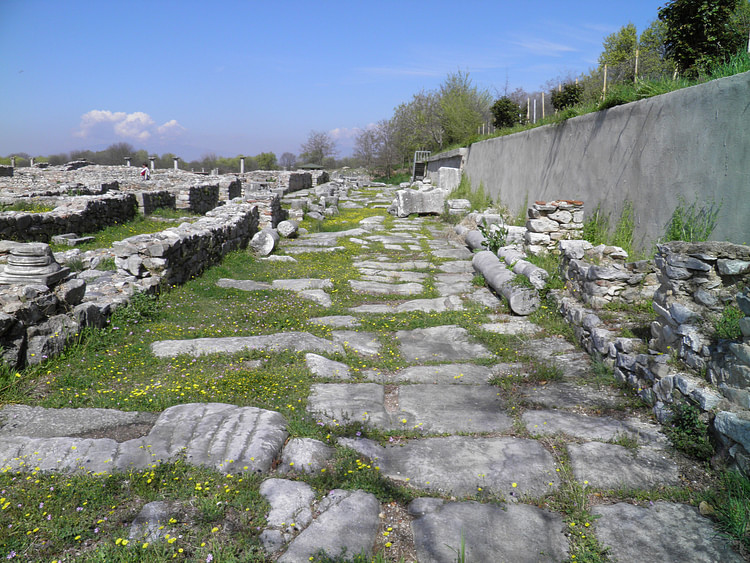
Dental Fillings
While there are records of dental work dating back to 2600 BC, the oldest known physical evidence of cavity repair originated from old Rome. Celsus, a Roman writer, compiled an extensive collection of oral medicine in 100 BC, including directives on how to repair loose teeth, treat toothache, and assuage teething babies.

Archaeologists discovered human remains from the 1st or 2nd century AD in France in 1998, along with a wrought iron implant in one of the surviving molar teeth. Additional investigation found that the filling had been shaped to fit the man’s dental cavity by hot-hammering and folding the molten metal. This revelation allowed archaeologists and anthropologists to reassess their knowledge of ancient dental practices and indicated that Roman inventions were once again at the forefront of contemporary field.
Julian Calendar
Julius Caesar has implemented the calendar reform due to the Roman superstition against even numbers completely messing up the timeline. He based it on the duration of the solar year and introduced the 12 months system, naming each of them (for example, Aprilis, Augustus, September and Julius, of course). His calendar might have been off by 11 and half minutes, but it’s still in use today by several Christian Orthodox churches who calculate their religious holidays according to it. It was eventually replaced in the 16th century by the Gregorian Calendar that we use today.

Roman Numerals
The system that uses Latin letters instead of numbers was invented, as the name suggests, by the Romans. They were invented to serve as a simple, efficient counting method. While it didn’t have a zero (that was invented by the Mayans) and had a number of other flaws, the system was able to survive even the fall of the Empire. They are, of course, still in use today.
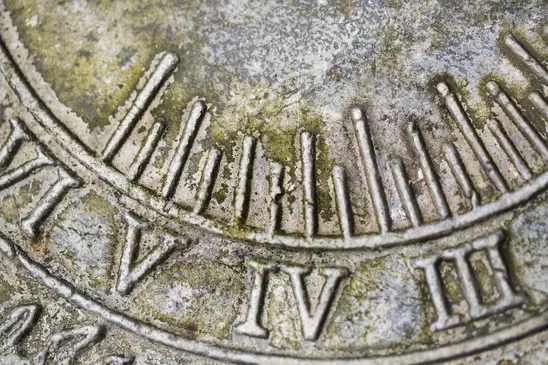
Air Conditioning
While the ancient Egyptians dealt with the heat by hanging wet material over their door frames, Roman inventions yet again demonstrated their intellectual and creative prowess by developing a more sophisticated form of air conditioning.
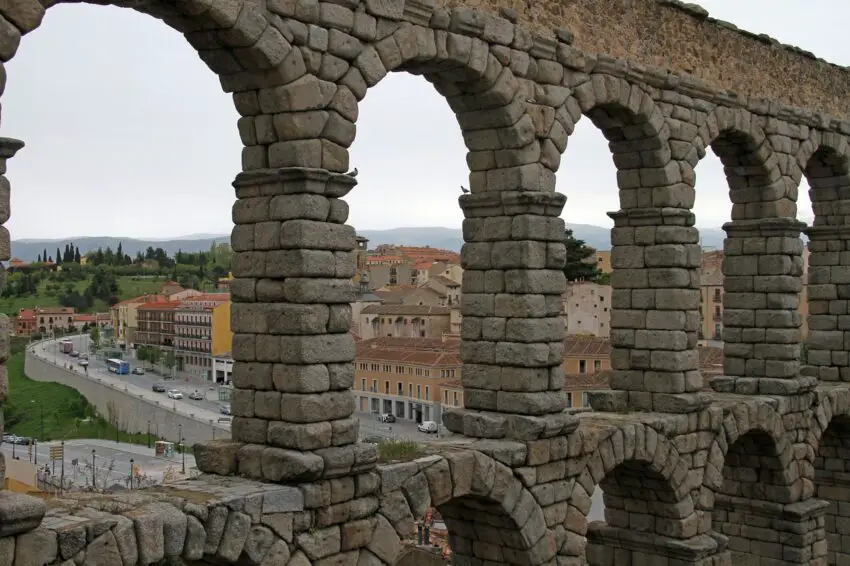
The renowned aqueducts built by the Romans across their empire were used not only for drinking water, but also for cooling the elite’s homes. To provide relief from the dreadful heat of the Italian summers, water would be diverted from the main source and routed through pipes in the walls and floors. Those who couldn’t afford such indulgent plumbing could cool off in the frigidarium at the public baths.
Bound Books
Most Ancient Civilizations had heavy tablets and parchment scrolls. Ancient Romans did too, until they invented books. Yes, a paper book as we know it was invented by the Romans. The thick stacks of bound parchment and animal skin resemble books most closely – particularly textbooks, in fact. So today’s college, and law school students that struggle with massive volumes can thank the Romans who were the first people who bound law books (codex)! Christians of the time also used this technique to bind the first editions of The Bible.
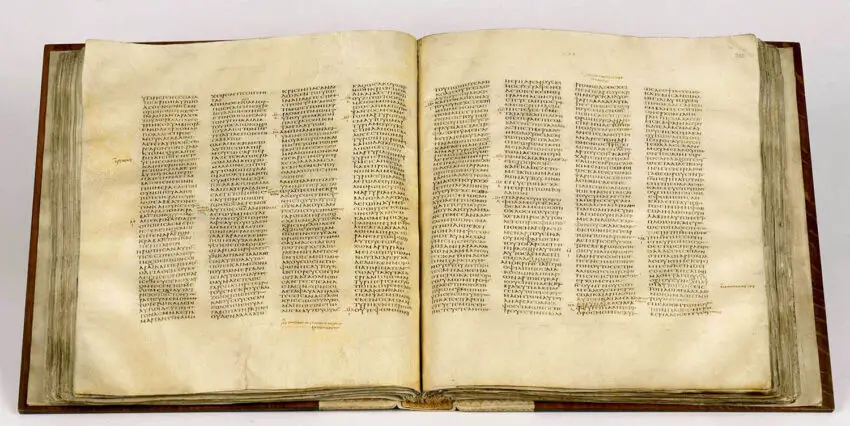
Although it had a rocky start, with most Romans preferring scrolls, by the 4th century, the codex had supplanted scrolls as the standard format for written material and has remained so ever since.
Roman Law
Finally, the cornerstone of today’s many legal systems. The Roman law. Pro Bono, habeas corpus, the affidavit – all these modern notions are the descendants of the Twelve Tables. The Twelve Tables were the world’s first ever codification of a constitution, adopted in 450 BC. They listed the laws related to property, family, and various crimes. The Twelve Tables were succeeded by the Corpus Juris Civilis – the system that heavily influenced today’s civil law in many countries. Even today, all the legal systems use Latin to an extent – even the common law countries.
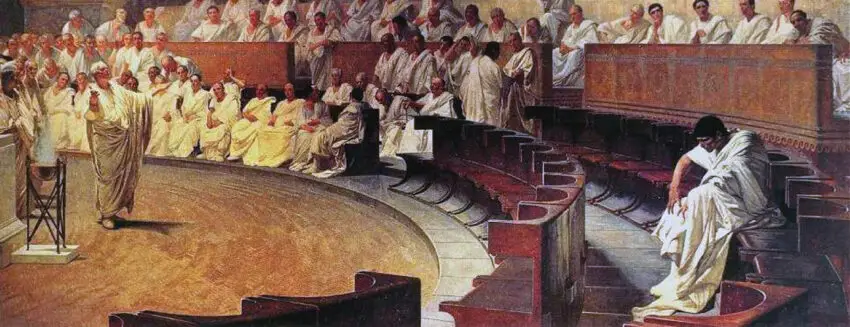
Roman Inventions
These ancient Roman inventions each played important roles in the evolution of human history, culture, and civilization, both within and beyond the Empire. Many of them are still in use today, demonstrating how deeply ancient Rome’s heritage runs through European history. The Romans’ innovations benefited art, architecture, politics, literature, and science enormously, and don’t forget the bacon!
